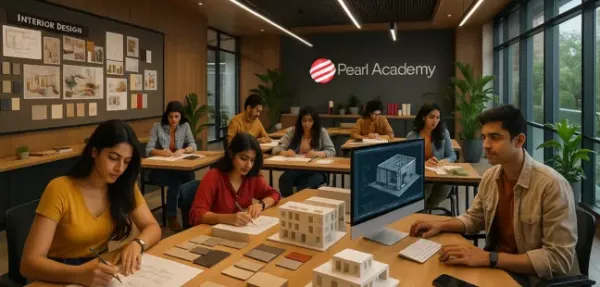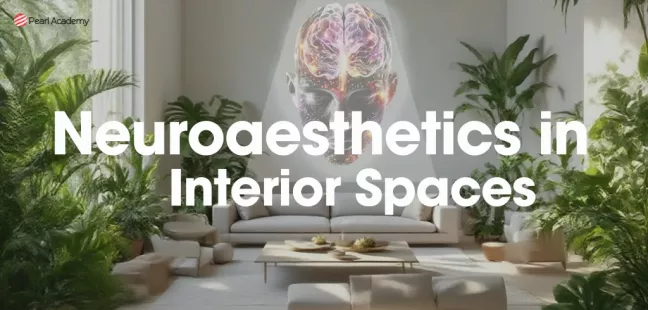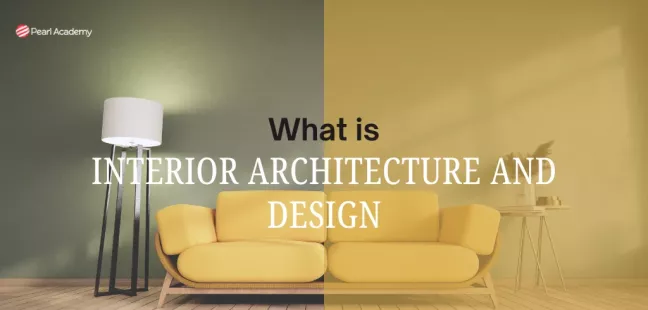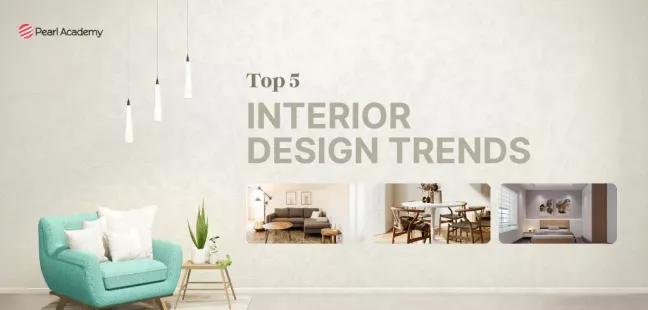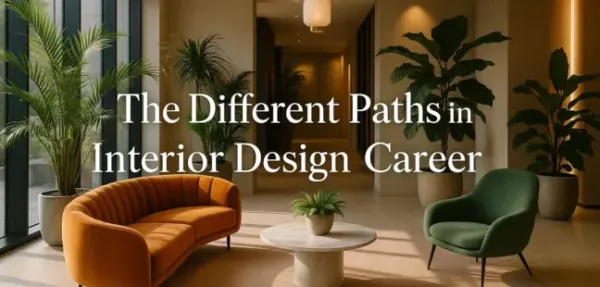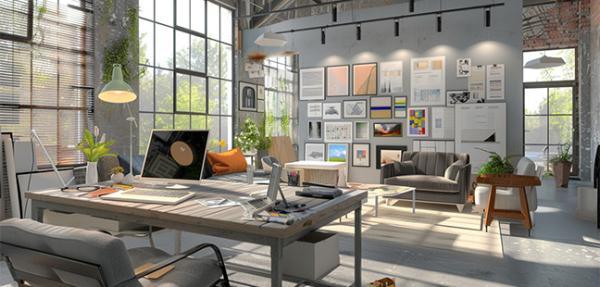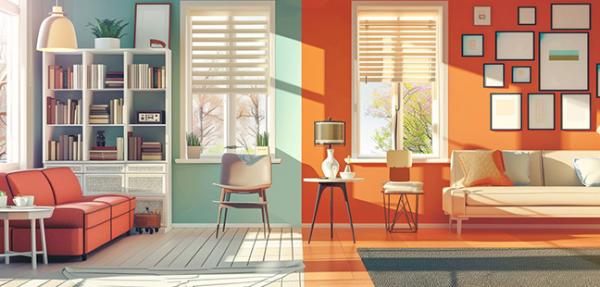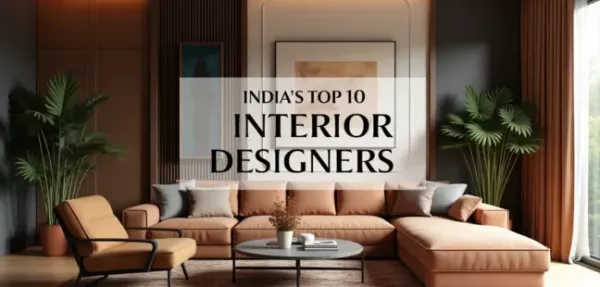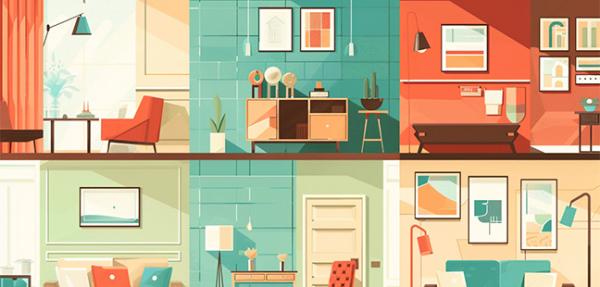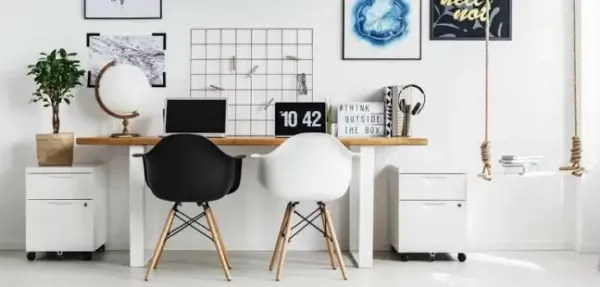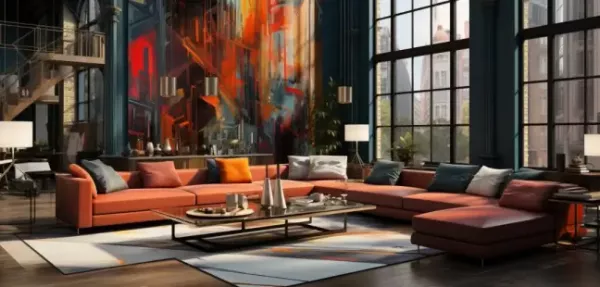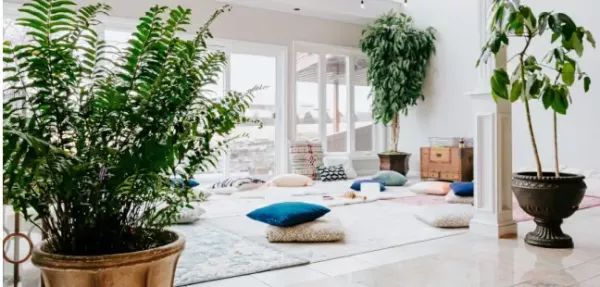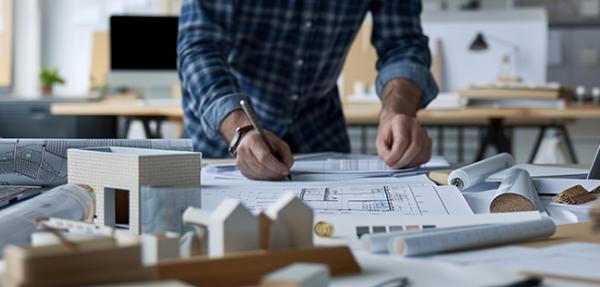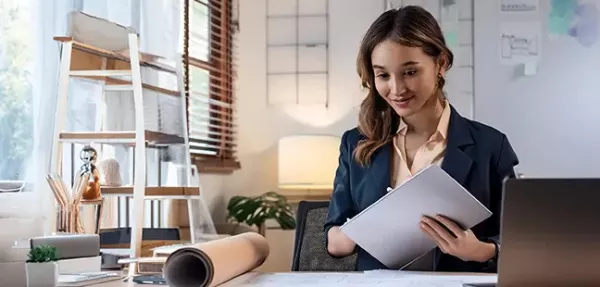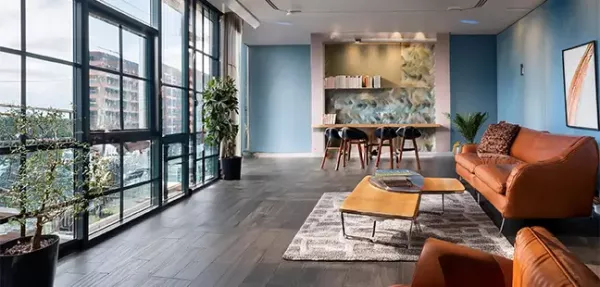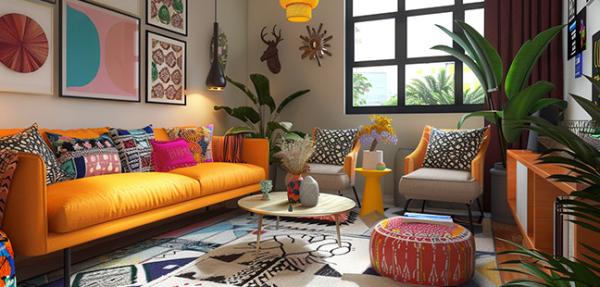Getting To Know Elements and Principles of Interior Design
- Editorial Team
- Published 06-Jun-2025
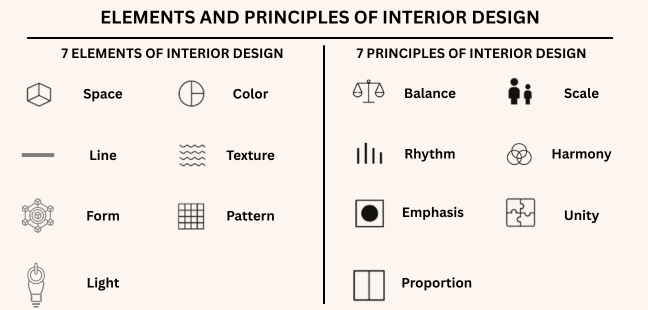
Using the principles and elements of Interior design, you surely can light up any place. From mundane office spaces to rotting corners of home, you can transform any space into the arena of your dreams. It is after all, the dream of every person to occupy spaces that speak to their senses.
Designing a space isn’t just about putting furniture together or choosing pretty colours—it's about crafting an experience. Whether you're decorating your own home or aspiring to become a professional interior designer, understanding the elements and principles of interior design is essential.
So, what is interior designing, really? It's the art and science of enhancing the interior of a space to make it aesthetically pleasing, functional, and reflective of the user’s personality and needs.
In this blog, we’ll guide you through the basics of interior design, exploring both the fundamentals of interior design and the 7 principles of design that form the foundation of every well-designed space.
Become future-ready with our Interiors Programs
Know MoreThe 7 Elements of Interior Design
Before diving into the principles of interior design, it’s important to know the elements of design in interior design—the tools designers use to build a space.
Element | Meaning |
| Space | The foundation of all design—positive (filled) and negative (empty) space must be balanced. |
| Line | Used to guide the eye—can be horizontal, vertical, or dynamic. |
| Form | The shape or structure of furniture, decor, or architecture. |
| Light | Natural or artificial—sets the mood and highlights key design features. |
| Color | Influences emotions and perception of space. |
| Texture | Adds depth—think smooth leather vs. rough brick. |
| Pattern | Adds life and interest through visual repetition. |
These are the 7 elements of interior design every aspiring designer must master.
The 7 Principles of Interior Design
Now, let’s decode the 7 design principles—the guidelines for applying those elements meaningfully.
Principle | Explanation |
| Balance | Distributes visual weight evenly. Can be formal balance in interior design (symmetrical) or informal. |
| Rhythm | Creates flow through repetition of colours, lines, or forms. Think repetition rhythm in interior design. |
| Emphasis | Focuses attention on a key feature like a fireplace or artwork. (Also called emphasis in interior design.) |
| Proportion & Scale | Ensures furniture and accessories are sized appropriately for the space. (Interior design scale matters!) |
| Harmony | Creates a cohesive, unified look where all elements complement each other. |
| Variety | Keeps the space interesting by mixing different elements. (Variety in interior design = visual excitement.) |
| Unity | Combines all elements into a complete whole—unity in interior design brings serenity to a space. |
>
These design principles in interior design are what transform a room from average to outstanding. Want to see how design principles apply in real life? Check out our guide to the top 10 skills every interior designer needs.
Interior Designing Basics: Where to Start
If you’re new to the field, here’s how to build your basic knowledge of interior design:
- Learn the fundamentals: Master the interior design basics like space planning, materials, and color theory.
- Understand concepts: Get familiar with concepts of interior design such as minimalism, biophilic design, or vintage-modern fusion.
- Practice regularly: Sketch, mood board, or even redesign your own room.
- Study different styles: There are 7 types of interior design—from minimalist to maximalist interior design—each with a unique aesthetic.
- Know your tools: Learn digital software and manual techniques to build strong portfolios. Software like AutoCAD and SketchUp are industry must-knows, especially for those eyeing roles in architectural design or interior styling.
If you want to fast-track your journey and develop industry-ready skills, Pearl Academy’s B.Des in Interior Architecture Design is the perfect place to begin.
Tools & Details in Interior Design
To become a professional, you’ll also need to understand the details in interior design—the tiny touches that elevate a space.
Details & Tools | Why It Matters |
| Types of accessories in interior design | Rugs, lighting, cushions—accessorizing completes the look. |
| Interior design scale & proportion | Helps prevent overcrowding and maintains flow. |
| Interior design basics PDF & guides | Handy resources to refresh key concepts. |
| Software | AutoCAD, SketchUp, Photoshop—tools to bring ideas to life. |
| Portfolio building | Showcases your style and application of interior design elements and principles. |
Why Interior Design Knowledge Matters Today
Like we said at the beginning, it is every human’s heart desire to live in spaces that speak to their soul. Don’t our hearts just light up when we enter rooms beautiful and aesthetically pleasing?
- Simple home design inside homes now needs to be smart, beautiful, and practical.
- Internal house design affects well-being, productivity, and social interaction. From smart home design to transforming cozy spaces, interior designers today influence how we live and feel.
- The importance of interior decoration is growing, especially in urban homes and commercial spaces.
Designers today need a strong grasp of interior design knowledge basic, with creative flair and technical skills to match.
Learn Interior Design at Pearl Academy
At Pearl Academy, you’ll go beyond the interior design basic knowledge. The B.Des program in Interior Architecture Design offers:
- Deep dive into principles and elements of interior design
- Exposure to the latest interior design styles and trends
- Training in tools, materials, and digital software
- Industry mentorship, studio projects, and internships
- A chance to specialize and build a stunning portfolio

Student Guidance Center: Our Counselors are Just a Click Away.
Your Design Journey Starts Now
Understanding the fundamentals of interior design and the 7 principles of design gives you a solid foundation to express creativity with structure. Whether you're redecorating your own home or dreaming of a career in interior home designing, it all begins with mastering the interior design basics. Ready to become a professional designer?
Enroll in Pearl Academy’s B.Des in Interior Architecture Design and explore a world where form meets function beautifully.
Tags
- #Interiors
Pearl Admission Enquiry
Subscribe to Pearl Blogs
By clicking the "Subscribe" button, I agree and accept the privacy policy of Pearl Academy.











